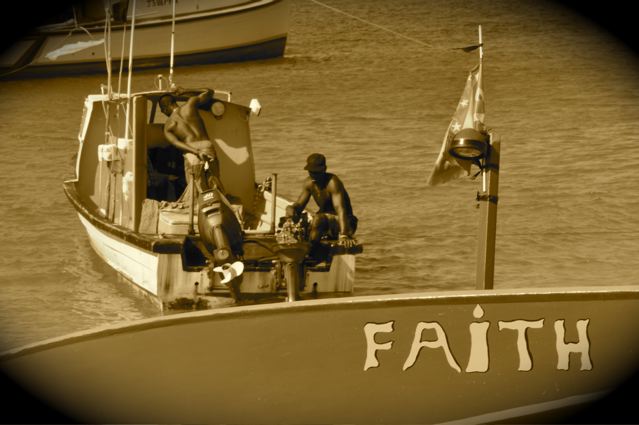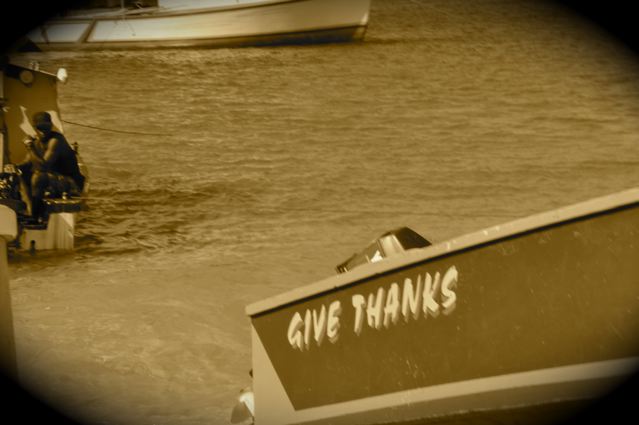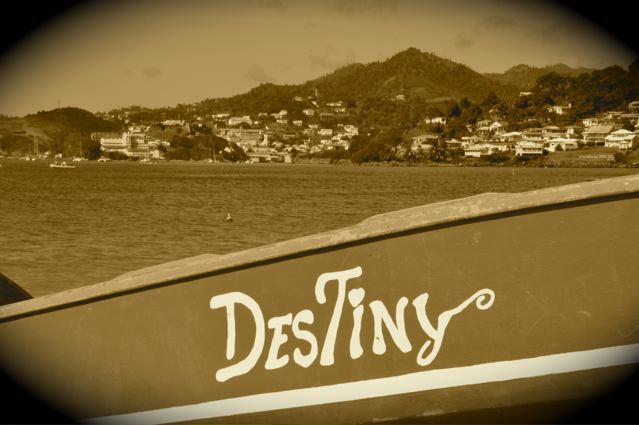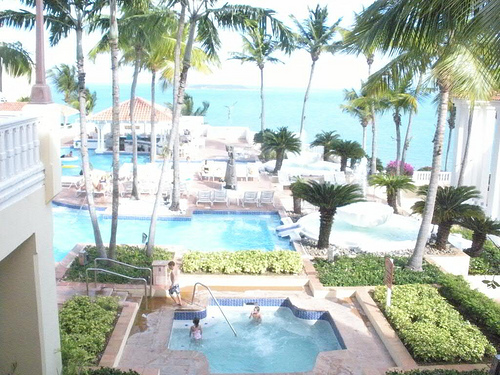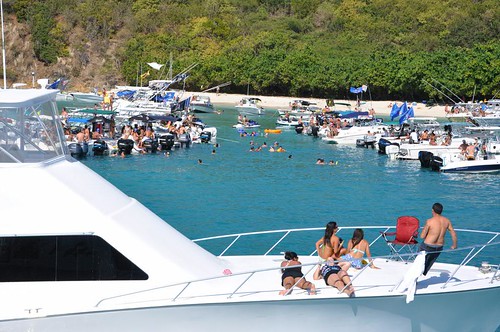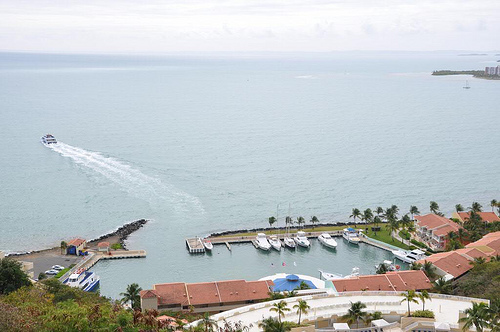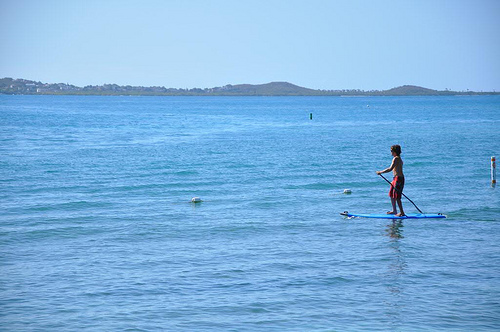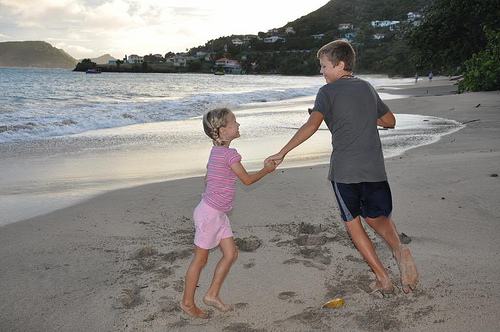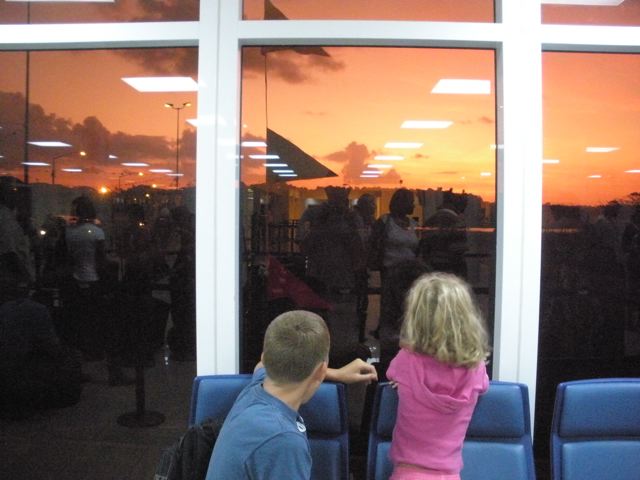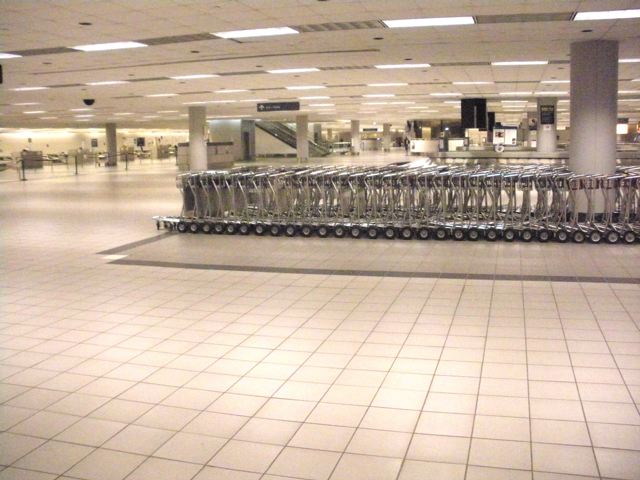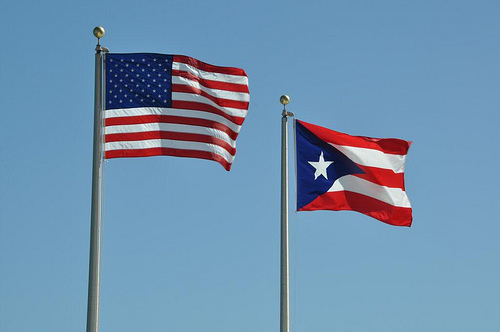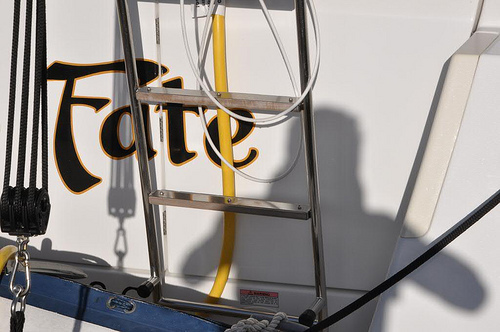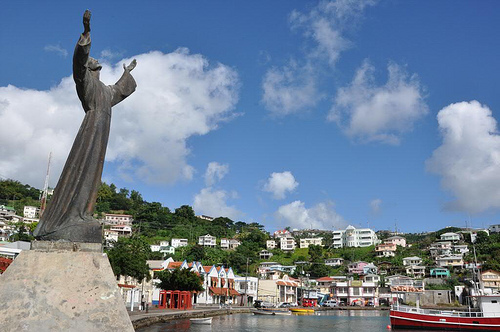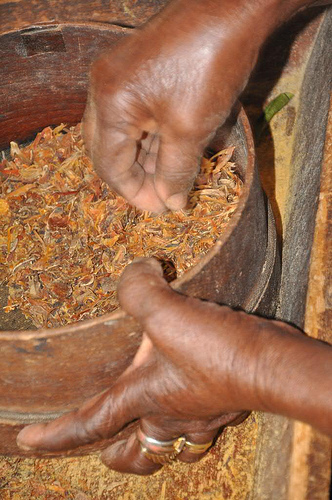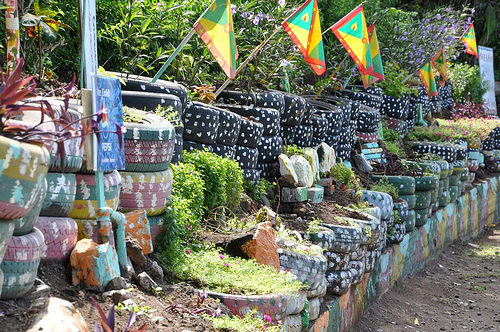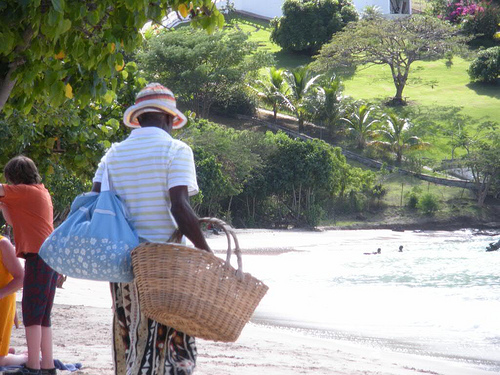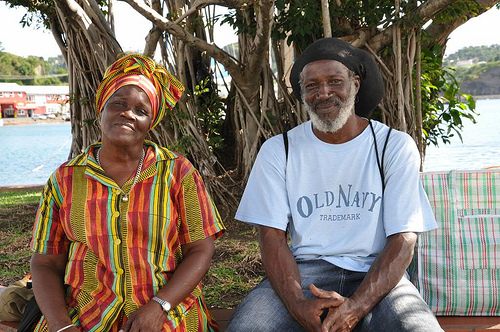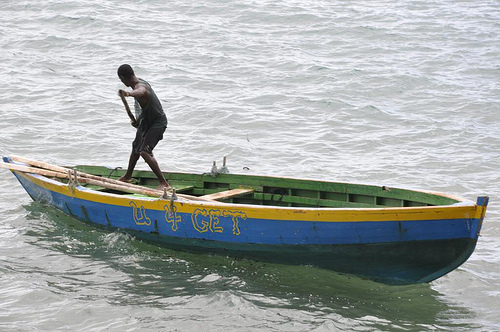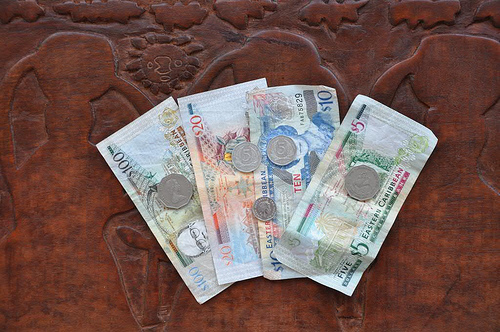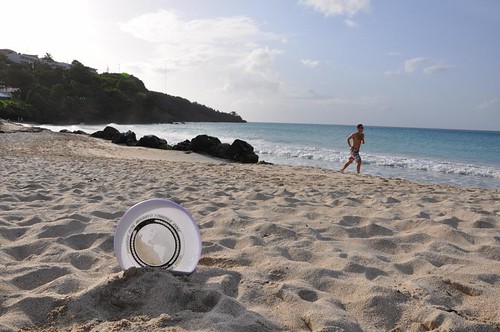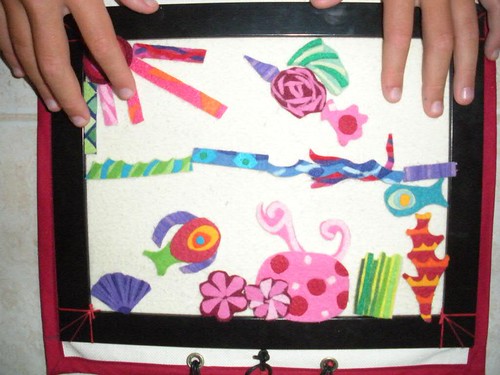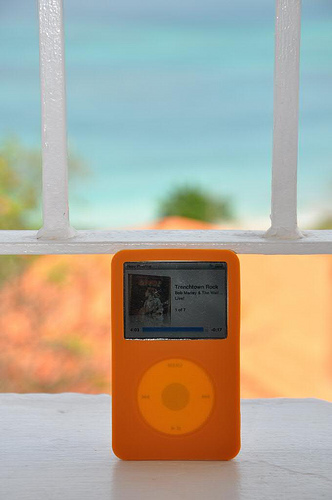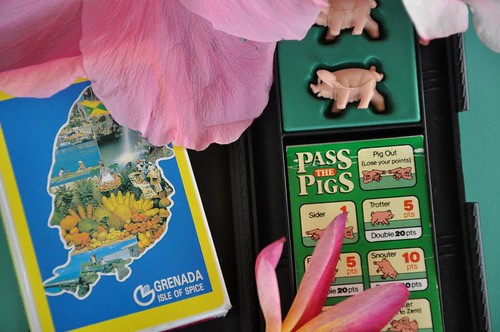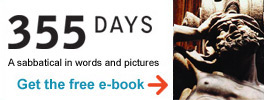On Day 69—the last day—as we prepare to fly away from Temporary Retirement and Approximate Paradise, some stories stand out. Some days still glow. Some moments feel like sprouting soul-seeds rather than mere memories. Like that Sunday on Grenada…with the sailing races…
You Can’t Do That!
As we were leaving three-mile-long Grande Anse beach, a young, brawny man yelled angrily from a distance, “You not allowed to take pick-sha of da boass!” I ignored him. So he approached me, madder and louder.
I met his eyes, grinned, and responded, “Oh? Sorry. Too late.” (Smart ass? You betcha. But give me a break, rude boy.) Now his voice boomed,
YOU KIN NOT DO DAT! DAT MY BOAT! YOU PAY ME MONEY NOW! I SAY STOP! PAY!”
I walked away, resolutely snubbing him—with nary so much as a rising heartbeat. Perhaps I’ve gotten used to people who believe they are right and mean no harm, but mistakenly insist, “You can’t do that!”
Hmmm. But maybe I can? Hey, I just did! And I’ll do it again—take that picture, ride that bus, drink in that bar, haggle for that fish, laze under that waterfall, kayak in those dodgy swells, home-school my children, and run away from the routine on another BreakAway adventure.
Getting the Picture(s)
When I snapped that photo, the third in about 55 seconds, nothing could stop me. Not even the gnarly, noisy group of teen boys who had been partying (rather than participating) all day in the shade of a sprawling seagrape tree.
What were those photos? Three homemade boats that came into my path, rather like three beached angels, as we were leaving the seashore. All boats get names in the Caribbean, and the three that lined up at that moment were: Faith. Give Thanks. Destiny.
(Perfect.)
On this dazzling day on Grenada’s longest and most illustrious beach, the
annual sailing festival of “workboats” (homemade, from plywood, bamboo, and sailcloth) had been racing for hours.
1,000 Grenadians of all ages were competing, boating, dancing, swimming, splashing, partying, feasting, and celebrating island tradition and bliss.
Lucky ducks.
When dreaming and scheming a Sabbatical, visions of days like this—exactly like this—keep me striving to achieve the eventual goal of freedom, however fleeting. Freedom of time. Freedom from worry. Freedom from stuff. Freedom to wander. Freedom of thought.
- It is a free world, right? So we’re told. Yet to my constant amazement, folks forget that. As do I.
We are, after all, only human, an often-fussy species. So instead of freedom, we feel the fear.
Rather than celebrate our riches, we go deeper into debt. Born with authenticity, we choose to conform. When we could be thankful, we become resentful. When we could take a leap, we stay put. When blessed with enough, we get greedy.
Good Greed!
Well, I’m greedy too. But on my better days, my desires lean toward time (not money). Autonomy (not conventionality). Experiences (not possessions). And possibility (not entitlement).
So that antagonistic young Grenadian who came at me obviously didn’t know me, what I stand for, or why I took that picture. He’s right: There are times in life you need to ask permission, as I would have before aiming the camera at him.
But more often, the person you need to ask permission is: Yourself. Can I do this? Who’s going to stop me—if not me? What am I afraid of? Do I harbor enough…
FAITH
The first boat that made me stop and snap a picture, Faith, is the one to climb aboard in order to set your course toward a Sabbatical. If you hold the hope that—someday—you can launch yourself into a bona-fide BreakAway, the wind is at your back.
Without faith, though, you’ll get stuck in the sand. Doubt can be a self-fulfilling prophecy. But so can luck. Throughout this trip, when people asked, “How do you do it?” my quick reply was to shrug, “I’m just lucky.” Many would grin like a wise friend and suggest, “Maybe you’ve learned how to make your own luck?”
Maybe that’s what faith is?
GIVE THANKS
The list of things to be thankful for—on this trip alone—would fill pages. But here are my favorite five:
- The kindheartedness of strangers.
- The beauty of all these islands. (Words fail to do justice; I hope some photos do.)
- Time to—really!—rest and relax. In unprecedented quantity and quality. “Just what the doctor ordered.” Such peace of mind doesn’t last; jobs and kids and gridlock will see to that. But at least unfettered serenity is attainable now and then.
- The friends, family, clients, acquaintances, and others who helped make this BreakAway possible.
- Time with my children, which deserves its own, final travelog post. But for now, may I mention that a great reason to escape with your children is this: They won’t be children for long—no matter what else may become of their…
DESTINY
Destiny, like a destination, is what you steer toward. Fate, on the other hand, is more what happens to you—both “smooth sailing” and “man overboard.” Destiny suggests providence. Fate connotes predetermination.
Life seems to offer both—but destiny keeps us aware of where the breezes can blow us. Fate fosters acquiescence. I was destined to take these pictures; that angry tween boy must accept that fate!
Rude boys and naysayers may be able to take away my camera. And they can bark all they want about “You owe me this” and “You can’t do that.”
But no one can take away my experience of that joyous festival, or make me forget that idyllic memory, or steal my right to drift toward the destiny of my choosing.
Dang, I hated to leave that sailing festival. Hate to end this BreakAway. Hate to stop this travelog. But alas, what a nasty word, hate; mixed emotions are racing like sailboats on a blustery day. But my heart (an overused word I try not to use) is unusually calm. Warm. And in awe.
It’s full of faith, gratitude, and alignment. Hey, if that’s my destiny—if only for a few hours on some of these 69 days—taking Sabbaticals is worth all the risk and hassle. Just ask that inner voice that sometimes whispers brilliant things.
Said voice suggested this destiny—and destination:
Visit the Caribbean. Get lost on lost-in-time islands. Bring the whole family. See different cultures. Play in the sea. Leave everything behind. Ditch winter. Eat funny fish and drink new beers.”
You know, I should really listen to that voice more often…
But enough of this. Time’s up. Anyway, I rarely enjoy reading psycho-spiritual, navel-gazing babble. My eyes tend to roll back in my head. The countless writers that exploit lingo like “heart,” “authenticity,” and “aligned” have gotten little attention from me.
Guess that’s why I’ve got to write my own. I hope you are too. And that your eyes are still in your sockets.
Thanks, dear reader(s), for listening. And traveling with me. May we both ignore the folks who say, “You can’t do that!” and seek out some sublime destinies.
Until then…
Keep the faith. And happy sails.
